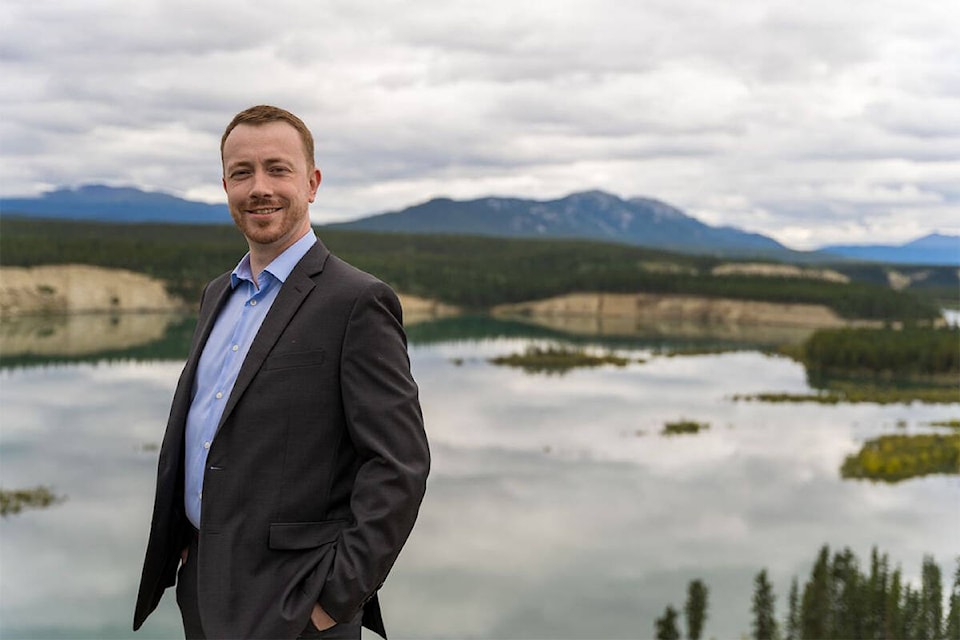Canadian municipalities are concerned that changes to the Canada Community Building Fund (CCBF) may mean individual municipalities won’t have the flexibility they’d like to decide where to spend their share of that fund. And the Association of Yukon Communities (AYC) agrees.
That’s according to a March 18 press release from the AYC, sent following a series of meetings held by the Federation of Canadian Municipalities (FCM) in Prince George in early March.
The release, which quotes AYC president Ted Laking, says the topic was a key point at the annual gathering.
Laking told the News over the phone on March 19 that the CCBF (also known as the gas tax fund) has been one of the best and most flexible funds for communities because it allows them to set their own priorities when it comes to infrastructure projects.
The $2-billlion-plus fund is provided twice a year to provinces and territories, which then funnel the money to municipalities.
In the Yukon, recipients have included eight municipalities and 14 Yukon First Nations, according to the 2023 Outcomes Report on how the CCBF impacted the territory from 2017 to 2021.
In the Yukon, past gas tax-funded projects have included upgrades to water treatment plants in Tagish and Deep Creek, improvements to the curling rink in Mayo and a new water truck for the Kluane First Nation.
According to the report, the CCBF “provided allocations to the Yukon of $82.5M plus $33M in top-up funding for COVID support. In this same time, 132 local infrastructure projects were completed and $59.5M was spent.”
This year, the CCBF is helping fund $3-million worth of water main repair and replacement at the bottom of Two Mile Hill after corrosion was discovered in the crosstown watermain (integral to providing the city with drinking water) in 2022.
Laking said the federal government has suggested that, in an effort to address the housing crisis, it will require CCBF projects to be tied to the creation of new housing.
At present, Laking said, the draft agreement he has seen puts a threshold on this requirement at communities with a population of 30,000. Whitehorse falls under this, as do other Yukon communities. However, Laking said, there’s also a clause in the agreement that allows provincial and territorial governments to apply that requirement as they see fit.
Laking also said there’s no guarantee that threshold number won’t change.
The AYC release said that, “according to Statistics Canada’s Core Public Infrastructure Survey, 14 per cent of municipal waste and water infrastructure, and 12 per cent of municipal transportation infrastructure are currently in ‘poor’ or ‘very poor’ condition.”
Laking said the Yukon’s infrastructure is in line with those numbers. He said unexpected costs in these areas can be difficult for a community that has to come up with money to fix problems that weren’t built into its budget.
Laking, who is also a Whitehorse city councillour, pointed to Whitehorse’s crosstown water main, as well as the 2023 discovery of a tension crack in one of the city’s main sewer lines, as examples of unexpected expenses that could be addressed by the CCBF.
“Municipal governments, we understand the importance of addressing the housing crisis,” said Laking. “Our concerns here are not meant to diminish that issue. We think that there is a place to use federal infrastructure dollars to leverage housing development, but we just want to ensure that when we’re doing that, we’re not also diminishing or weakening existing successful infrastructure pots of funding that we believe are very essential for our main responsibilities, which are the delivery of clean drinking water to our citizens or the provision of wastewater services or the plowing of streets.”
Contact Amy Kenny at amy.kenny@yukon-news.com
